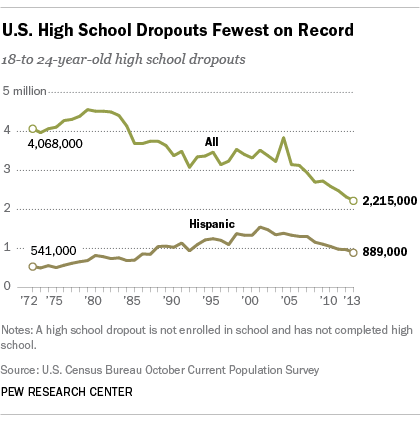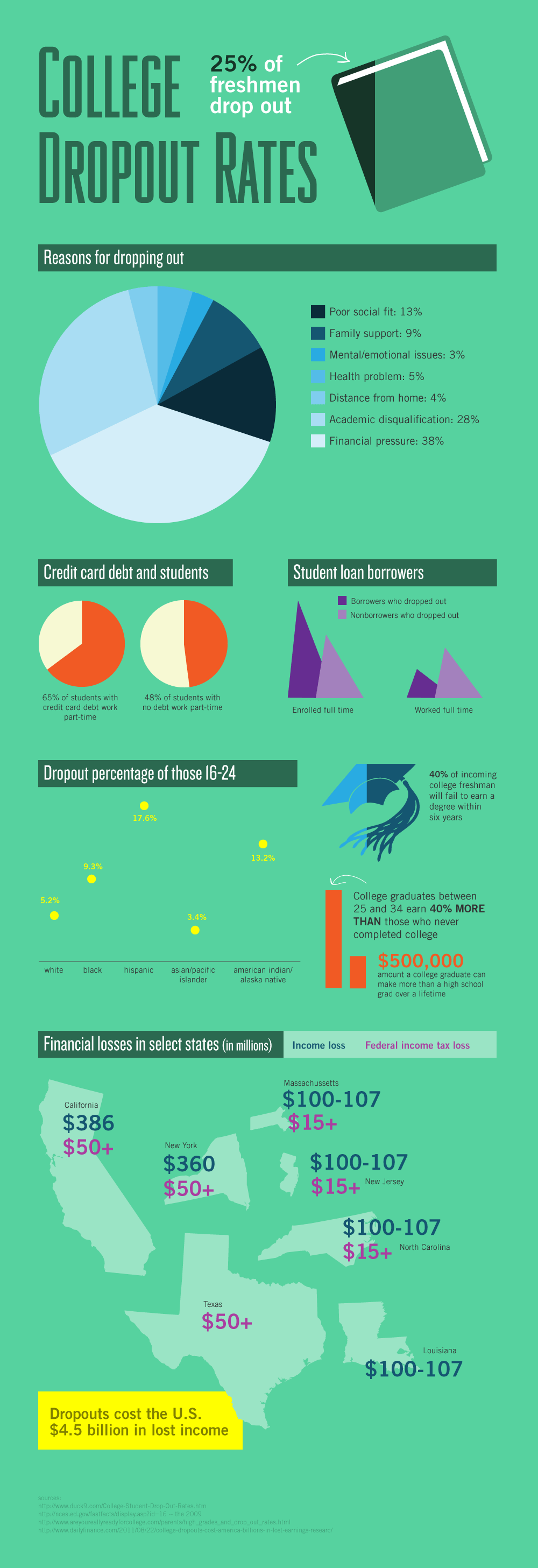

Central to this project is the method of ‘learning by doing,’ where students cognitively, affectively, and behaviorally process and construct knowledge and skills through active interaction and engagement in various practical activities. With 136 students, 94 volunteers and more than 1,000 volunteer hours, the project seeks to reduce school dropout rates and empower students to realize their potential by equipping them with lifelong learning skills.

In Spain, for example, United Way Spain has teamed up with the Everis foundation to launch the Tech4Change program to help the youth find technological solutions to overcome their learning difficulties and to improve their lives at home. United Way Europe and the Middle East has been working diligently, making concerted efforts to combat dropout rates in Europe in order to ensure that students remain in school and improve their chances in the labor market post-graduation. Moreover, across Europe, ethnic minorities and immigrants are more likely to dropout. In Spain, this difference is even more striking as 20.3% of males drop out compared to 11.6% of females. Males are more likely to dropout than females (11.9% compared to 8.4%). The European Union, on average, has a dropout rate of 10.2%, with Spain and Romania leading the continent with the highest rates at 16% and 16.4% respectively (see chart below). The adverse consequences of dropping out for students are many: On the one hand, early leavers are confronted with the problem of finding a stable, appropriate, and fairly compensating employment and, on the other hand, they face social exclusion, marginalization, and inequalities that hinder the fulfillment of their psychosocial needs that are typically associated with purposeful employment.Īlthough Europe is currently experiencing steady growth trends in education, school dropout rates remain statistically significant. Along with problems of learning difficulties and the challenges associated with it, as well as a lack of positive role models, school dropout is also linked to various external factors such as the student’s socioeconomic conditions, particularly at home.

The determinants and repercussions underlying school dropout are complex and often difficult to diagnose since it is a many-faced phenomenon.


 0 kommentar(er)
0 kommentar(er)
